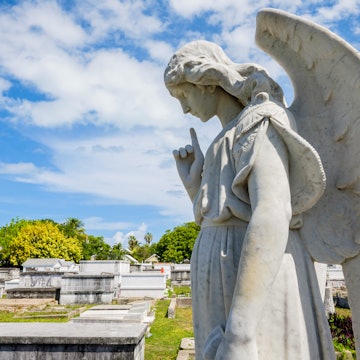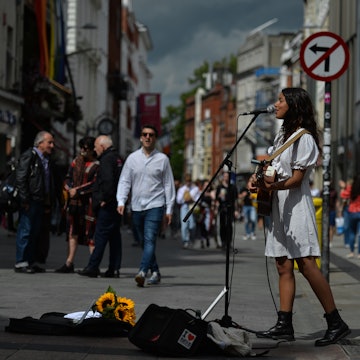

The writer and her bestie on their post-college adventure circa 2002. Sarah Stocking for Lonely Planet
I remember sitting on an airplane just after college, on my way to an eight-month adventure abroad with my best friend, reading a Lonely Planet magazine article (RIP) and thinking, someday I hope I work there. I had US$8000 in cash that I’d saved up after a year of hostessing at a pizza place, and working every day of the summer at a family resort in Michigan. The plane ticket was my graduation gift. Now I do work at Lonely Planet (and yes, it's a dream) but as my life has gotten more complicated, and my expenses necessarily diversified, I have found it harder to budget for travel.
It didn’t used to be hard. I didn’t need much, I went to Central America for six months with around US$2K at one point (sidenote: this wasn’t nearly enough, and it wasn’t 2025!). But now that I’m fully an adult who needs to know where I’ll sleep every night, who travels with children, who wants to eat more than cup noodles for every other meal, and needs to cover the various expenses still accruing at home (mortgage, pet care, etc) – budgeting for a trip has gotten, well, complicated. And because it's my actual job to help inform and empower people to get out there and travel, I also feel a bit (or a lot) of professional pressure to make it seem easy as well. It’s one thing to tell the world that they can and should travel more; it’s another to admit the constraints on my own life.
Enter intuitive budgeting
Its been on all my podcasts and and I’m intrigued for so many reasons. What is "intuitive budgeting" you might ask? I certainly did.
Intuitive budgeting is being in a relationship with your money in a way that honors the ebbs and flows of your lifestyle – which is the way I roll. Spreadsheets and rigid plans terrify me, they feel too confining like I’m setting myself up to fail. I’m a “make a list and see what happens” kind of girl.
I like to wake up, check in with myself, and see what my body and mind need before I commit to anything. This is not a perfect system, but it's worked for me for a long time, and I wondered if I was already, in a small way, intuitively budgeting. Then I wondered how I could apply the fluidity of intuitive budgeting to my worry that travel was taking a back seat in my financial plans.
I decided to reach out to my dear friend Celia Roberts Hughes (you should follow her on insta). She’s a financial therapist (yes, they do exist) and she helps her clients understand their relationship with money and how to better align their values with their spending, freeing them up to feel empowered by capitalism instead of controlled by it.

What is intuitive budgeting?
Intuitive budgeting is about being in a relationship with your money. It's about understanding that people naturally go through different seasons, and so do their needs and expenses.
“I don’t sit down and plug all my numbers into a spreadsheet every month,” said Hughes. “I have a natural understanding of what my habits are.”
Intuitive budgeting is being aware of what your spending patterns are. You need to be really clear about what your big expenses are, how much of your budget they eat up, and then recognize when the little extras are starting to become a lot of little extras. Having an intuitive budget is remaining fluid and making space in your mind and your financial life for the things that honor who you are today, but also your goals for future you.
When we’re in a relationship with a person, we can intuit when they need more or less attention. Your finances are similar. “I’m naturally going to pull back on some stuff to make some space if I need to,” said Hughes.
What does this have to do with budgeting for travel?
A big part of intuitive budgeting is doing the work to understand what motivates you when you spend money. For travel, that means figuring out what travel means to you.
“When I’m talking about any category of spending, I’m going to zoom out and look at a picture of the whole. How does it [travel] fit into a larger context, and also, we’re going to look at meaning,” said Hughes. “I want to zoom out and look at the purpose of travel – what it means to you.”
For many of us, travel is part of our identity. “For many people, travel is so deeply valued that it is one of the top meaning-makers in their family, so we have to look at that and really hold it against some other things.” Once you’ve identified and defined the meaning of travel in your life, you’re able to look at other expenses and figure out where you can cut back to honor the value that travel brings.
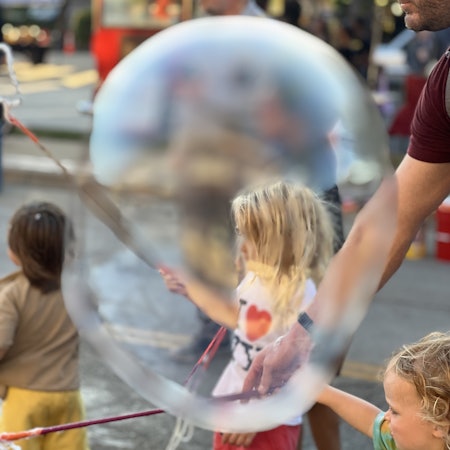

How do you identify your travel values?
Hughes helps her clients understand their values through storytelling. “I’m looking for patterns to see what the strands are through different parts of life,” she said. That means she’ll ask what kind of travel you did growing up, if you have kids, what travel looked like before you had kids. And she’ll ask you to identify how different travel experiences made you feel. “We look at identifying these values first, and then we look at how money shows up for those values.”
Personally, identifying and defining these values has been eye-opening. I hold travel as a meaning-maker in my life for many reasons. I consider myself free-spirited, adventurous, curious and open-minded. For me, novelty is my drug of choice. I never feel more inspired than when I’m learning new things and being pushed outside of my comfort zone, and I never feel more connected to myself, and my family or friends, than when we are away on a trip.
All that being said, I’ve also realized that stability in our home life, structured schedules and a rich, cozy environment to live in brings my family a lot of emotional resiliency. For us, that looks like spending money on good food, our garden, ballet lessons, soccer practice and our biggest expense: education.
All this leads me to sometimes feeling like I’m not prioritizing big trips for my family — something I believed I valued above all else as a travel writer and editor — but those kinds of trips don’t align with my current life situation. Doing this work has given me the confidence to make different kinds of travel choices that do align with my values — and my budget! Because I know that the value I’m searching for with my trips is connection, novelty and a bit of adventure, I have realized that it doesn’t matter if that trip is cycling around Annecy or a five-hour road trip to Champagne-Urbana, Illinois.
For us, it was time for a family road trip
Last fall, we packed up our car for fall break and headed west, five hours to Champagne-Urbana. This charming land-locked home of the University of Illinois provided far more novelty than I ever expected. We stayed with friends who live within walking distance to downtown Urbana and the University.
We went to their town’s festival, where the kids blew bubbles for 45 minutes while we sipped coffee and poked around the cute little shops. Afterward, we drove out to a brewery in a cornfield and sat under the twinkling lights while the sun set. We ate wood-fired pizza, and the kids ran around in the field.
The next day, we toured Japanese gardens and the University’s arboretum. We ate authentic Chinese food that I had never tried before: Champagne-Urbana is known for its quality cuisine, due to the large number of Chinese students who study there.
Then we drove out to a cabin and stayed for a couple of nights hiking through wild rock formations and visiting with farm animals. We learned things, we connected with dear friends, each other, and Big Nature, and we didn’t stress over budget spreadsheets in the lead up because it didn’t cost enough to stretch us beyond our limits.
I’m definitely not advising you not to save up for those big trips. You absolutely should. What I’m saying is identify what you need from each trip and what you’re able to do to afford it, and you’ll be able to intuitively understand how to make it happen for you.
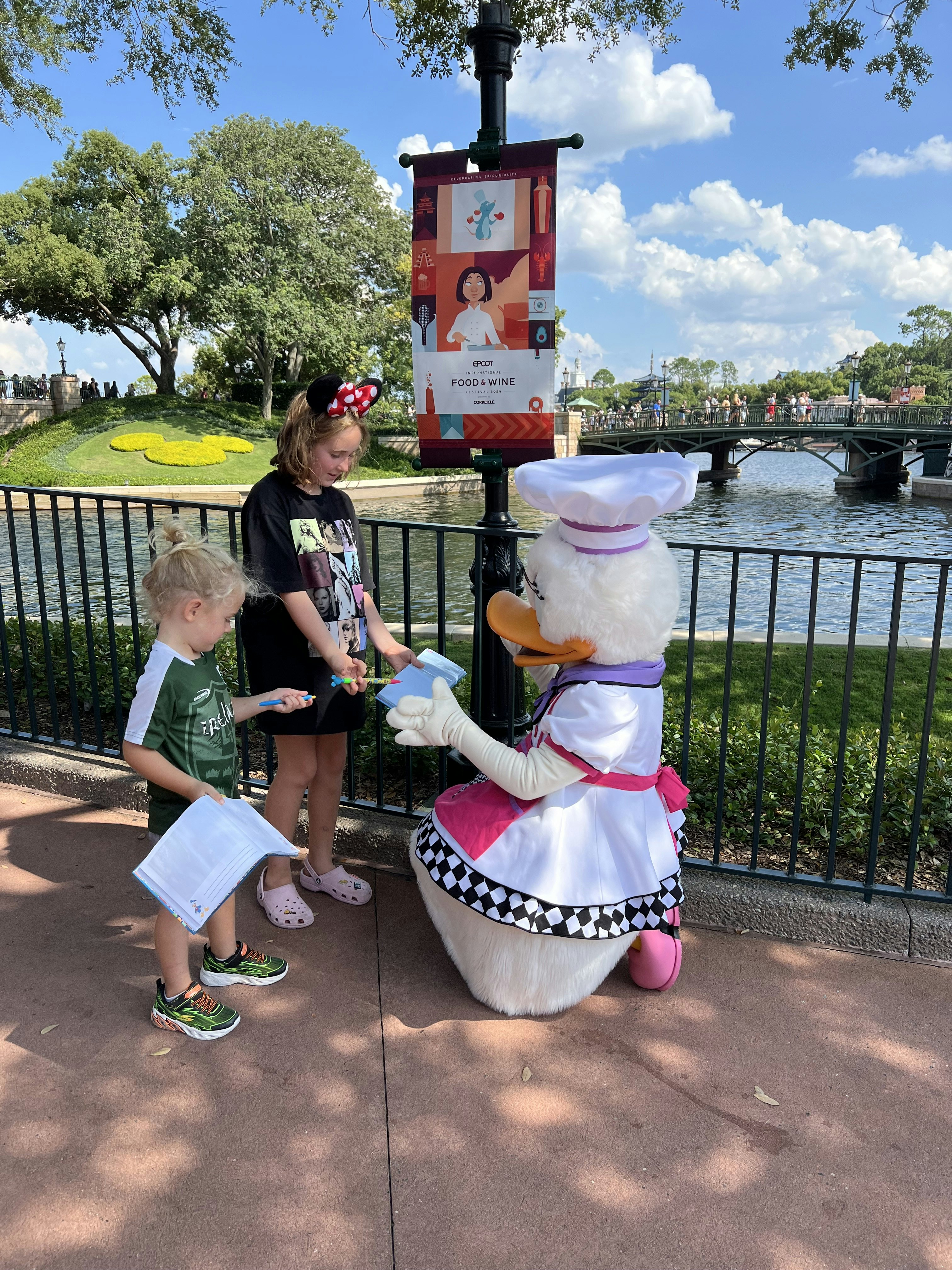
How do you manage your spending on the road?
This is about being really clear with the meaning of the trip while also knowing how much you feel comfortable spending on the road. “When I go on trips, I know how much I can spend,” said Hughes. “There is a difference between being able to spend US$1000 but then spending US$20,000, and having the goal to spend US$1000 and spending US$1500.”
So, you go into the trip knowing what you can spend while also holding the spirit of the trip that you’ve already identified. You make decisions on the ground based on both the number that you agreed with yourself to spend, and the value that you are honoring. It becomes far easier to make decisions on the ground when you consciously hold both personal truths. “You can be checking in with both and making sure that you’re not going to get home and make things financially worse for yourself.”
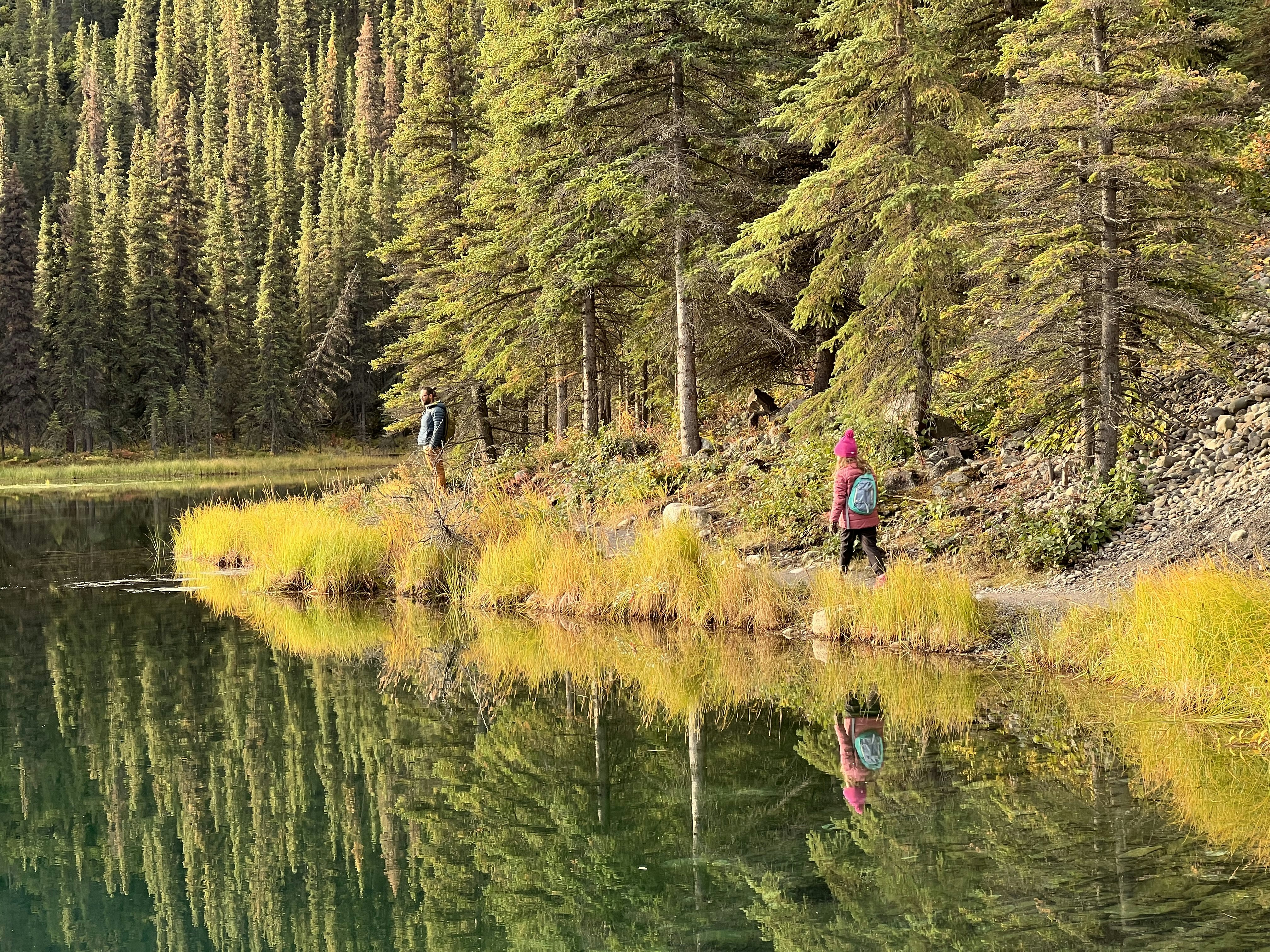
What if I book a big trip and then feel guilty?
“In my experience, guilt shows up less in the moment,” said Hughes. “It can give you a reckoning after the fact.” Usually, when people are on a trip, they feel relaxed, happy, excited and free. But when they come back and look at their credit card statement or a lower bank account balance, there can be a bit of a gut-punch.
In order to align yourself after a trip, Hughes suggests going back to the story, back to what value you honored with your spending.
There is also a lot of learning in uncomfortable moments. Looking back on a trip and assessing what you spent your money on isn’t a bad thing. Hughes suggests considering how your choices aligned, or didn’t, with the value you set before the trip. “Maybe you took one too many excursions,” she said. “And one just didn’t feel special.”
Frankly, this is just being a good traveler. Learning how to design itineraries based on your own personal needs, whether that’s a lot of downtime or a ton of action, or a really nice balance of both, is all part of the process. And searching for free and budget-friendly activities can often be more exciting than forking over the big bucks for the fancy outings.

How to stay aligned before, during and after your trip
In order to ensure that you’re bringing your values into your spending and your travel planning, Hughes says she’s a big fan of intention. “I think you can bring intention to your trip in a really meaningful way.”
She suggested clarifying what values you honor by taking a particular trip and even writing them down. “Ask yourself, what is the value? What is the purpose?” said Hughes. “Give some language to it because it's something you can take with you and check in with every single day.”
Keep what you wrote near you while booking and planning so you know you’re honoring your purpose. Then, take it with you to refer to while making spending decisions on the road.
When you get home, Hughes suggested closing the trip in the same way. “Ask yourself, what was the spirit of this, and what did we get from it? And have a moment of gratitude.”
She went on to suggest that naming what you got from the trip, like stating: we connected, we adventured, we had leisure time – whatever it is – allows you to fully be with it, appreciate it and embeds your gratitude.
Spreadsheets make me feel like I’m putting walls around possibility. And for me travel is the opposite of that, it's a breaking open and a feeling of unrestraint that I crave. Celia helped me see that there doesn’t have to be an inherent conflict between the freedom travel offers and the constraints of our budgets.
What matters is our relationship to our finances, our own identity and our values. We can mindfully prioritize our spending to open up more opportunities, and also feel empowered by our choices now to save some things for later.
I don’t need more excuses to feel shame in my life. What I do need is connection, adventure and novelty. So right now, every couple of months, I like to imagine my year of travel and what that looks like for our budget. Some years, that looks like a train ride through Alaska because my husband landed a couple of extra deals, and some years that looks like more road trips to quaint small towns because we’re a little strapped.
Travel will always be a part of my life, and I will work to align it with my financial goals. But I’m not going to do it at the expense of feeling like my life is full of possibility and wonder. Because it is, and so is the world, whether that’s two or 24 hours away.






